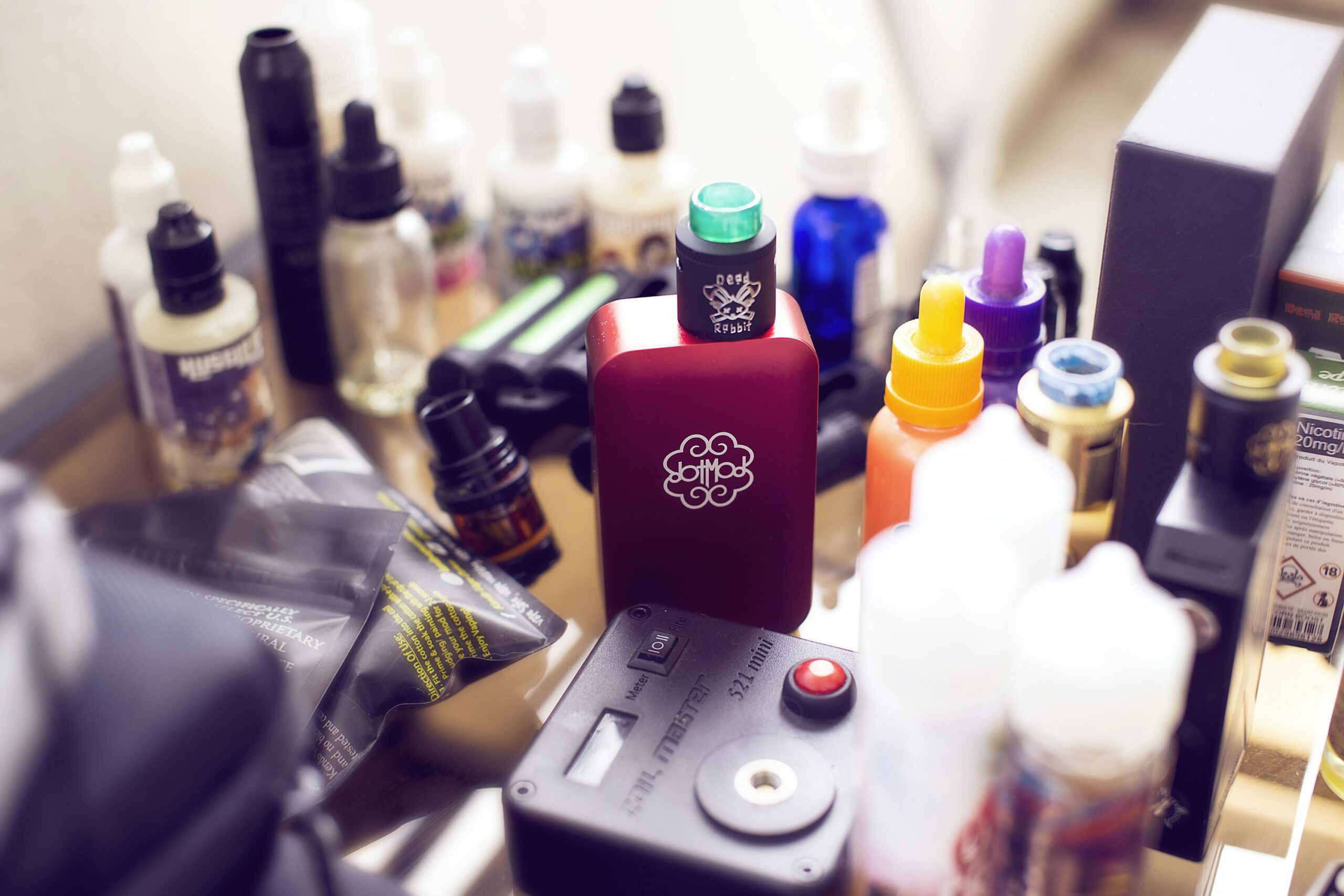The Tobacco Products Directive (2014/40/EU), commonly referred to as the TPD, is the EU’s cornerstone legislation regulating tobacco and related products—including e-cigarettes. It entered into force on 19 May 2014 and became applicable across all EU Member States on 20 May 2016
Under this directive, electronic cigarettes and e-liquids are categorized alongside traditional tobacco products, subjecting them to comprehensive regulations. The TPD establishes strict safety, quality, and packaging standards for vaping products. These include child-resistant and tamper-evident containers, consistent nicotine delivery, high-purity ingredients, and leak-proof refill mechanisms
Key numeric limits under the TPD include a maximum nicotine concentration of 20 mg/ml and container size restrictions—10 ml for refill liquids and 2 ml for disposable cartridges
Labeling, Warnings, and Ingredient Transparency
Packaging under the TPD must feature mandatory health warnings, such as “This product contains nicotine, which is a highly addictive substance,” and should cover 30% (or more) of the two largest surfaces of the package Labels are required to disclose a complete list of ingredients, nicotine content, emissions per dose, information on addictiveness, toxicity, and clear instructions for use .
Moreover, promotional elements—such as marketing claims, health-related suggestions, or misleading statements—are prohibited on e-cigarette packages and in advertising across the EU .
Notification, Tracking, and Member-State Flexibility
Manufacturers and importers must notify competent authorities before placing a product on the EU market, submitting detailed dossiers that include ingredients, emissions, Hayati Pro Max Plus Pods manufacturing data, and annual sales statistics . Member States then have a six-month review period to assess these notifications . EU-wide tracking and tracing systems combat illicit trade and reinforce supply chain integrity .
While the TPD sets minimum standards, Member States may impose stricter national measures—for example, flavor bans, plain packaging, age restrictions, or limits on cross-border sales and online retailing .
Examples of National Measures
-
Belgium has gone beyond the TPD by enacting a ban on the sale of disposable e-cigarettes, citing both health and environmental concerns. This ban took effect on 1 January 2025
-
Reforming taxation of vaping products is also on the horizon: a majority of EU countries are pushing to include e-cigarettes and novel nicotine products under the Tobacco Taxation Directive, aiming for standardized tax treatment and consistent health outcomes across the bloc ReutersFinancial Times.
Conclusion
The European Union’s Tobacco Products Directive sets a harmonized regulatory baseline for vaping products, balancing consumer safety, youth protection, and market consistency. It defines product design, packaging, notification processes, and advertising limits—while enabling Member States to enforce tighter rules if needed. Emerging national measures, such as bans on disposable vapes or plans for stricter taxation, illustrate how the TPD framework continues to evolve in response to public health and environmental concerns.
Let me know if you’d like to explore national variations, enforcement practices, or market impact trends across specific EU countries!
